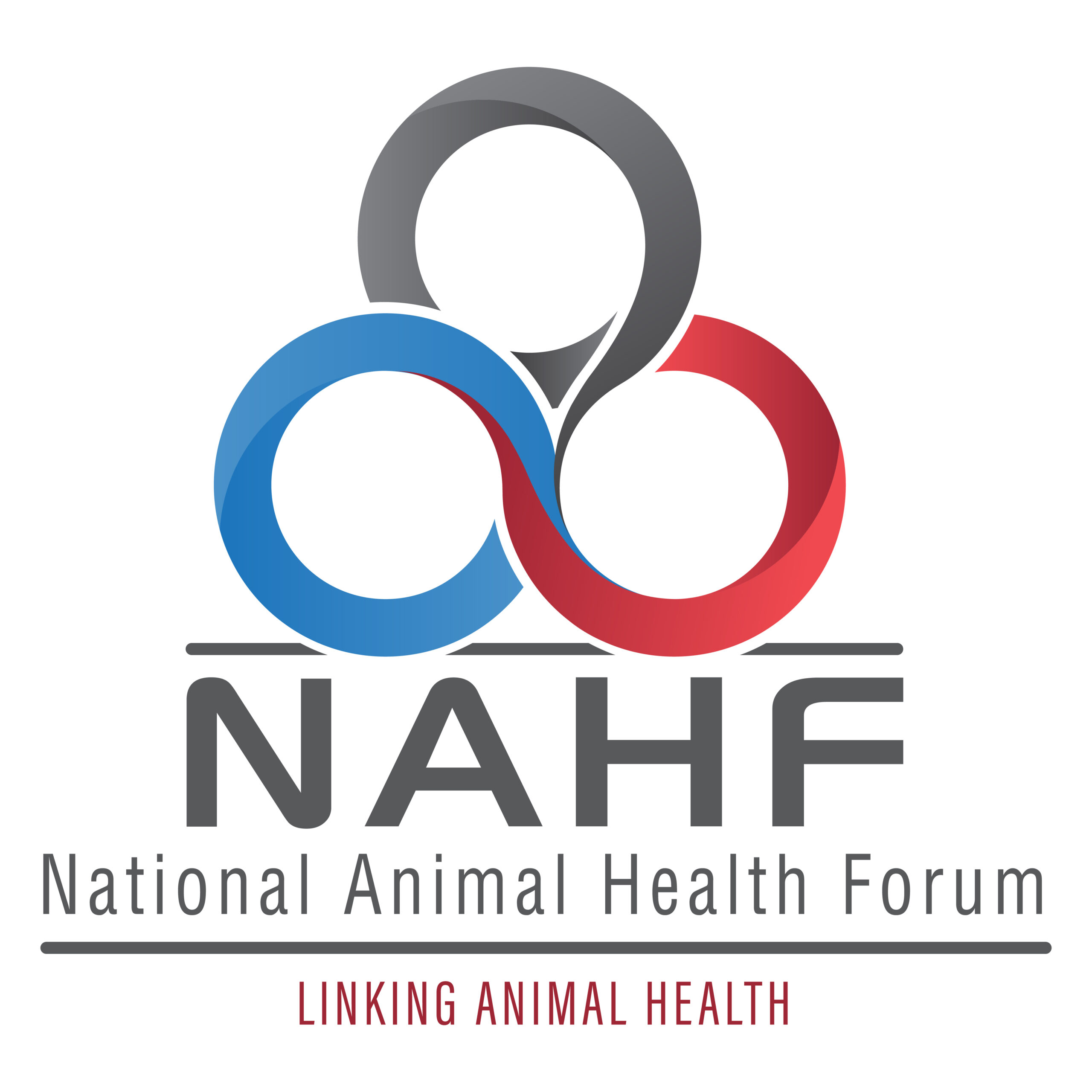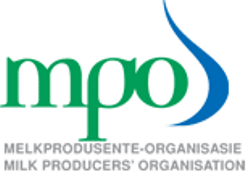The phrase ‘international trade law’ makes the discipline sound very far removed from daily life of farmers, producers, and consumers. Agreements are entered into at a government to government level and how this translates into benefits for the individual on a practical level is not always obvious. The question of how international trade law translates into practice and affects the daily life of consumers and the various types of producers is not simply answered.
This article, an extended and more technical version of the article available in The Dairy Mail January 2020 issue, uses the dairy industry as an example to illustrate where daily life and rights, obligations, and principles of international law overlap. As a milk farmer or milk processor you work with principles and guidelines related to animal health and food safety every day. A lot of these have their origin in international trade law in some or other form.
For the most part these interactions are likely to be unconscious of the fact that their roots lie directly in the World Trade Organisation’s Agreement on the application of sanitary and phytosanitary measures or the guidelines provided by one of the agreements three international standard setting bodies. These are the World Animal Health Organization (OIE), the Codex Alimentarius Commission (FAO/WHO, for food safety), and the Plant protection convention (also related to the FAO and it is concerned with plant health).
International Trade Law
With a member base of 164 countries, the ground rules for international trade are set by the World Trade Organization (WTO). There are many agreements that fall within the scope of the WTO and are referred to as ‘multilateral agreements’. This article focuses on one in particular, the Agreement on the Application of Sanitary and Phytosanitary (SPS) Measures, which is essentially the agreement that sets the rules for when and how measures related to health in live animals and agricultural products are justified and in what circumstances they are not.
SPS measures and their purpose
The SPS agreement sets the ground rules for the application of measures that the agreement defines as including ‘laws, decrees, regulations, requirements, and procedures.’ The WTO Agreement on the Application of SPS contains a set of principles that guide the justified application of barriers related to the protections of human, animal, and plant life and health in the different scenarios described below.
The specific scenarios it applies to can be roughly split into three main categories. These are the protection of human, animal, and plant life and health from risks generally associated with agricultural products such as live animals, meat, milk, fruit, and vegetables across borders and many other products.
Human life (in the SPS discourse this primarily refers to food safety concerns) is protected through measures addressing the extent and form of additives, contaminants, toxins, or disease-causing organisms in foods and beverages and these international standards fall broadly under the international standard setting body of the Codex Alimentarius Commission.
Animal life or health is protected through measures that prevent or mitigate the damage caused through limiting the spread of pests, diseases, disease-carrying organisms, or disease-causing organisms and the international standard setting body responsible for this is the World Organization for Animal Health (OIE).
Measures in daily life
When and to what extent these measures apply elicits the common legal answer of ‘it depends’. It depends on factors such as what you farm with and how you farm with that animal (intensively or extensively); what state you sell it in (live, raw, frozen, processed etc.), whether or not you intend on selling it for human consumption; whether or not you intend on exporting it; whether or not it is has or is at risk of contracting contagious and listed diseases; to what extent it comes in contact with other animals or with humans in the event that it does contract a listed or contagious disease; whether or not it gets processed into a state that reduces or eliminates that risk; how this processing is done; and whether or not there are additives in the final product. There are potentially many other factors.
Using milk as an example, international trade law applies in your daily life as follows. If you are a dairy farmer you would in theory move animals between different farms, or at least move different herds around on the same farm. These animals all come through the dairy where they are milked. The milk is stored in bulk tanks and gets moved to the milk processor via a bulk tank lorry. This lorry has presumably collected milk on other farms or is going to collect on other farms. The milk is also being sold to be processed into the market for human consumption in the form of milk or cheese or related product. It is then either sold locally or exported.
Local sale is also mentioned, despite the WTO-SPS being an agreement between members and thus by definition being related to import and export products. The reason for this is twofold. Firstly, the agreement ‘applies to all sanitary and phytosanitary measures that may, directly or indirectly affect international trade’. To the extent that the domestic measure therefore affects international trade, it is applicable.
Disease free status of a country is usually determined looking at a country as a whole as compartmentalisation and zoning is often considered complicated to maintain. The second reason is that a lot of private standards and standards required by for example supermarkets within a members own territory are similar in terms of the standards required as those set by the international standard setting bodies.
Using this scenario described above, consider the following points at which a measure, of an SPS nature, interacts with other measures or acts on its own to cumulatively provide the protection of human health (food safety) and animal health in this scenario:
Movement
The movement of animals for purposes of adding to a herd carries a number of inherent risks. Farmers introducing animals to herds farmed as intensively as dairy animals are cautious of origin from where they source the animals (for example an area prone to certain diseases) and the period of time (incubation period) between purchase and introduction into the main herd to avoid the spread of disease.
The type of bedding on which the animals stood while being transported is also an aspect of SPS. Invasive plant species and the introduction of different plant pests through transporting of animals is also a consideration, especially across borders.
Example of potential measures: movement control, biosecurity, traceability, and quarantine. Either self-imposed, recommended, or required by law or regulation. If an animal was vaccinated against a particular disease, then there will be a set period for which the animal is not able to be milked. Import or export permits and correct quarantine practices related thereto.
Milking
During the process of milking a number of steps are taken to ensure the quality of the milk is safe and fit for human consumption. Udders are cleaned, milk is collected in sanitarily washed and treated tanks, and pushed through equally cleaned pipes to these tanks. Care is taken not to introduce unwanted pathogens.
Example of potential measures: biosecurity, good hygiene practices, the use of international or national guidelines for cleaning and treating the equipment and storage facilities for milk and milk related products. Withdrawal of an ill or infected animal from the milking herd.
Storage and processing
The situation regarding storage and further processing is similar to the example above. The purpose is to ensure that the product remains fit for human consumption. Dairy products need to be stored below a certain temperature during storage and heated above certain temperatures during pasteurisation. Measures addressing these different phases are available for consultation when determining these levels.
Example of potential measures: additional tests to ensure that are examples of measures that may be taken to determine the consistent safety of the product.
Transport
Transport of dairy products creates a few potential risk scenarios. The most obvious is the fact that a vehicle collecting milk may stop at a number of different farms in a day to collect milk. It is at the point of connecting the transportation bowser to the storage tank that one concern arises, the cleanliness of that joint, and perhaps more so the content of the vehicles tires that have presumably driven through cattle excrement at some point that day.
Example of potential measures: biosecurity measures, good hygiene practices.
Daily overlap
The list above is not exhaustive, but give insight into where the daily overlap between theory and practice consciously and unconsciously occurs. In the scenario above, a web of national law and regulations, international law and guidelines, and private and self-imposed standards interact.
In the event of an outbreak of a contagious disease on a farm in the scenario described above, international law guides how and to what extent a foreign country may react to that outbreak.
May they place a ban on the import of that animal or animal product (such as milk or cheese) into their country (export from South Africa)? If so, for how long and when should such a ban be lifted? If the disease found to be present in either the animal producing the milk, the milk itself, the processing plant where the milk is packaged, one of the neighbouring farms from which the collection lorry moves, or the feed that is fed to the animals, an SPS related ban potentially arises.
In this scenario alone there are likely to be measures taken that have a significant impact on a farmer, processor, and even the consumer. The extent of the SPS reaction depends very much on the specific set of circumstances.
A fine and complicated line
The WTO agreement on SPS measures emphasises a reliance on science-based decision-making; adaptation to regional conditions; assessment of risk; equivalence; harmonisation; and transparency amongst other principles. The difference between a justified or unjustified restriction on trade is a fine and complicated line, especially in a field where there isn’t a clearly quantifiable component such as that related to the calculation of tariffs or anti-dumping duties.
These are general guidelines and principles and international standard setting bodies such as the OIE then provide more detail. The specifics of the action taken within South Africa should theoretically be dictated by National Legislation and regulations based on the international standards. Whether or not that happens and how that happens is an entirely different question.
As a consumer, the international framework and its relationship with national law and regulations is the framework that ensures that, as far as possible and provided it is done correctly, what you consume is not harmful to your life and health. Increasingly environmental concerns are entering the realm of SPS measures as well.
Call for participation
Biandri Joubert is a Doctoral researcher at North West University, Faculty of Law. Her focus is on the resolution of non-tariff barriers to international trade, experienced by different participants in the import and export chain and related to livestock and animal products, in Southern Africa. Biandri is interested in understanding how import and export related barriers work at a practical level and the experience of persons involved at any point in this chain regarding challenges faced, specific examples of barriers, and perceptions on the role of international and national law in facilitating trade.
You are invited to participate in this study by answering one or all of the questions below or commenting on the article above.
[Q1] What do you, as farmer, feedlotter, abattoir, processor, or other interested party in the broader livestock industry see as being barriers to your participation in import or export activities?
[Q2]When faced with a challenge or what you perceive to be an unjustified animal health related barrier that either prohibits, hinders, or delays your ability to import or export livestock animals or animal products, what is the process you follow to resolve such a dispute or challenge?
[Q3] What are challenges or barriers that you foresee in the future with regards to importing or exporting livestock animals or animal products?
Please e-mail comments related to the questions above to Biandri Joubert at biandrijoubert@gmail.com before 31 March 2020. Personal particulars of participants will be kept confidential and the outcome of the research will be available once the dissertation is marked in 2020.
Published on Wednesday, 1st January 2020 - 08:30
Recent Posts
disclaimer









